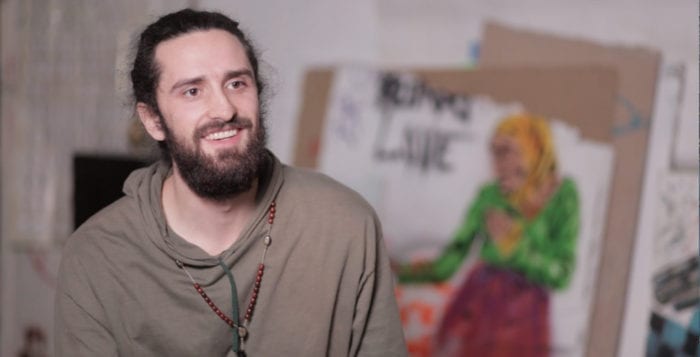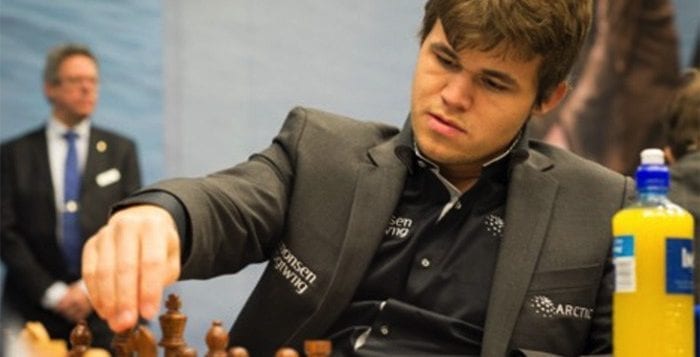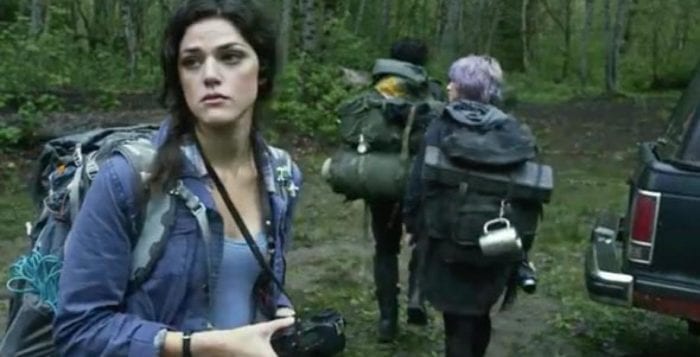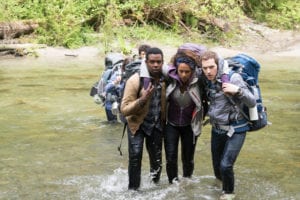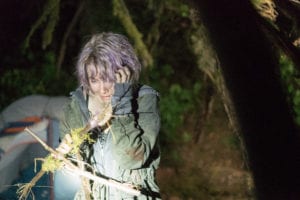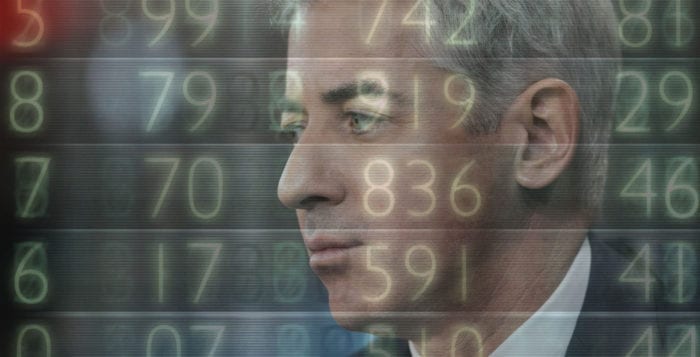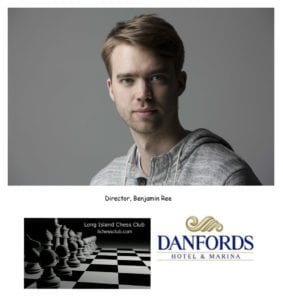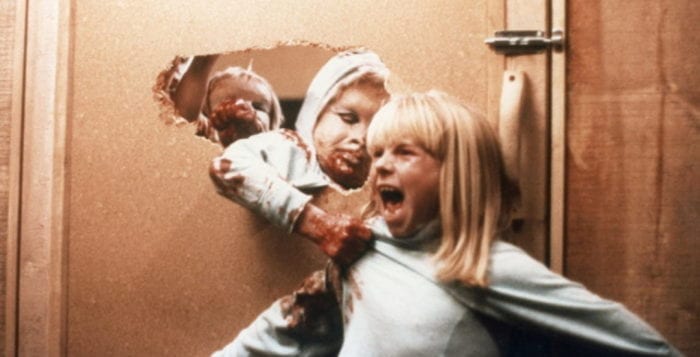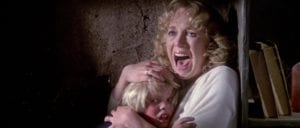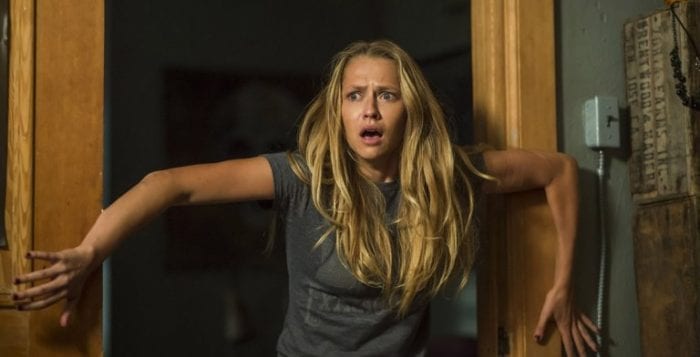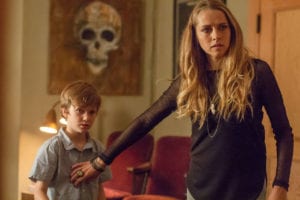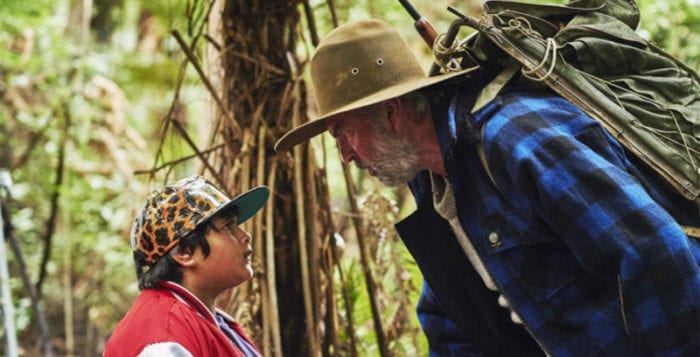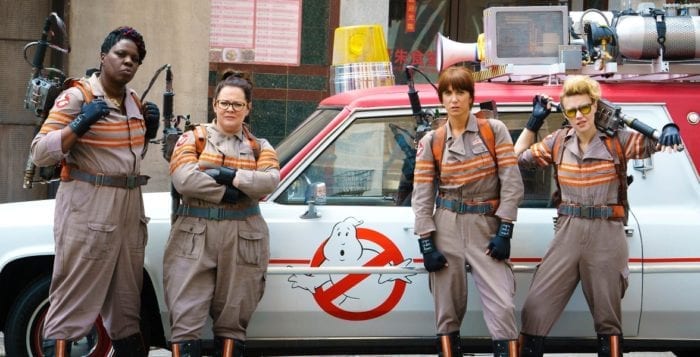By Kevin Redding
There is perhaps no one on Long Island whose story encapsulates the American Dream better than Huntington resident Harold Fernandez, who fled drug-and-murder-ridden Colombia when he was 13 years old; charted through the treacherous waters of the Bermuda Triangle; came into the U.S. not speaking a word of English; worked hard in school; gained admission to Princeton University; graduated from Harvard Medical School; got married and helped raise two children; and ultimately rose to the top of his profession as a cardiac surgeon, currently working at Southside Hospital in Bay Shore.
But his journey to the operating room was one of constant fear. As an undocumented immigrant, Fernandez had broken countless immigration laws by the time he arrived at Princeton. The secret he had harbored his whole life was about to be revealed and potentially undo everything he had achieved for himself and his family and send him back to Colombia.
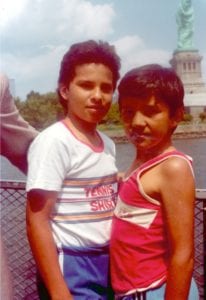
Fernandez’s compelling and inspiring story is the focus of a new documentary titled “Undocumented.” Based on his memoir of the same name, the documentary will have its world premiere screening at the Cinema Arts Centre in Huntington on Sunday, Nov. 13, at 6 p.m. (sold out) and 8:15 p.m. The film will be followed by a Q-and-A with filmmakers Patricia Shih and Greg Blank, as well as Fernandez himself.
Shih, a professional local musician who had no prior experience in filmmaking, read the book cover to cover and knew right away that the story needed to be translated to film, not only because of its cinematic themes of danger, suspense and eventual triumph but because its message rang especially true today.
“Harold’s story … puts a human face on the abstract issue of immigration,” she said. “When the presidential election started, there was a lot of hateful rhetoric by one of the candidates about immigration, and specifically racial and religious discrimination. I’m hoping that [the film] will move people enough so that some hardened positions will soften. I can’t stress enough how amazing his story is.”
As an Asian woman whose own father was one of only 105 Chinese immigrants allowed to enter the U.S. in 1945 as a result of the Magnuson Act, Shih considers this an extremely personal topic. She hopes to combat the ever-increasing violence, racism and xenophobia that surrounds the issue of immigration with the film’s telling of Fernandez’s incredible life.
And incredible it is.
When he and his 11-year-old brother Byron left Medellín, Colombia, in 1978, Fernandez hadn’t seen his parents for years. They had already moved to the U.S. to escape poverty, working in embroidery and clothing factories and struggling to make ends meet in West New York, New Jersey, with the hopes that one day they would earn enough money to be reunited with their children. His parents arranged for the two of them to be smuggled in, and so began their dangerous voyage to freedom.
Fernandez, his brother and a dozen other immigrants huddled in a small boat that seemed to constantly be on the verge of splitting in half as the harsh sea raged on in the thick of hurricane season. When he finally arrived in New Jersey, Fernandez was at a complete disadvantage, needing to learn a new language and catch up with his classmates academically. However, he saw how much his parents struggled to put food on the table and understood that the only way he would get ahead in life would be through a good education, and so he buckled down and devoted himself to his studies.
Fernandez became valedictorian in his high school class and was accepted to Princeton with flying colors, determined to help people through medicine. However, this is when his undocumented status came back to haunt him. The documentary explores how Fernandez overcame the very real threat of being deported and wound up where he is today.
As Shih had never tackled a film before, let alone a feature-length film, she approached Push Pause video journalist Greg Blank to see if he would help make this dream project a reality. It didn’t take much to persuade him to get on board.
Much like Shih, Blank had become extremely immersed in Fernandez’s memoir and thought that a lot of people would relate to his story on different levels. The two launched a Kickstarter campaign in an effort to crowd fund the film in April, wound up exceeding their cost goal, and with a final budget of roughly $20,000, shot and edited the documentary in five months — all under the complete cooperation and encouragement of Fernandez, who even contributed large quantities of footage when he visited his old neighborhood, school and home in Colombia this year.
The film features interviews with Fernandez’s parents, a professor of his from Princeton, as well as two former patients who say they owe their lives to him as a result of emergency open-heart surgeries, among others. The bulk of it was shot in Huntington, said the filmmakers, with segments in New Jersey and Princeton.
“This is the quintessential American story,” said Blank. “I hope people can see that it’s not just the story of Harold and one person succeeding in this country, but an entire family coming [here] and making the most of it, and really contributing.”
For Fernandez, seeing his story make its way to the big screen is really exciting. He said it’s an opportunity to show people that most immigrant families in this country are regular people who have dreams and are looking for ways to contribute to the American way of life. “I’ve been so blessed to be able to make my dream come true,” said Fernandez. “but I think that most immigrants that come here are really looking for simple things — living with dignity, just being able to work — and I think that’s what my story really portrays. And the main thing that I remember coming here to America was not really the excitement of coming [here] as much as just the desire to be together as a family again.”
Fernandez continued, “I think it’s one of the tragedies of the whole immigration issue right now. You have all these families apart, so I think the idea of being together again as a family was the most important part at the time.”
The Cinema Arts Centre is located at 423 Park Ave., Huntington. Admission is $16, $11 members. A premium admission of $22, $17 members, includes a wine and cheese reception. For more information, please call 631-423-7611 or visit www.cinemaartscentre.com.


